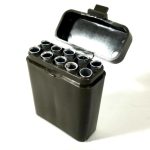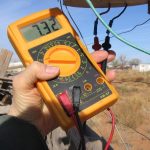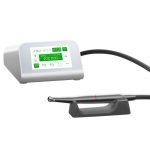Revolutionary Electric Trawler: Experience The Future Of Sustainable Boating!
Electric Trawler: The Eco-Friendly Solution for Sustainable Fishing
Greetings, Smart Readers! Today, we are going to dive into the fascinating world of electric trawlers. This innovative technology is revolutionizing the fishing industry by offering a sustainable and eco-friendly solution for commercial fishing operations. In this article, we will explore the ins and outs of electric trawlers, their advantages and disadvantages, as well as answer some frequently asked questions. So, let’s get started!
Table of Contents
Introduction
What is an Electric Trawler?
Who Benefits from Electric Trawlers?
When Did Electric Trawlers Emerge?
Where Can Electric Trawlers Be Found?
Why Are Electric Trawlers Gaining Popularity?
How Do Electric Trawlers Work?
Advantages of Electric Trawlers
Disadvantages of Electric Trawlers
Frequently Asked Questions
Conclusion
Final Remarks
3 Picture Gallery: Revolutionary Electric Trawler: Experience The Future Of Sustainable Boating!
Introduction

Image Source: yachtingnews.com
An electric trawler is a type of fishing vessel that utilizes electric propulsion instead of traditional diesel engines. This environmentally friendly alternative is gaining traction in the fishing industry due to its numerous benefits. Electric trawlers are equipped with electric motors powered by high-capacity batteries, eliminating the need for fossil fuels and reducing greenhouse gas emissions.
These vessels are designed to operate quietly and efficiently, ensuring minimal disturbance to marine life and reduced noise pollution. Electric trawlers represent a significant step forward in sustainable fishing practices, addressing the environmental concerns associated with traditional fishing methods.
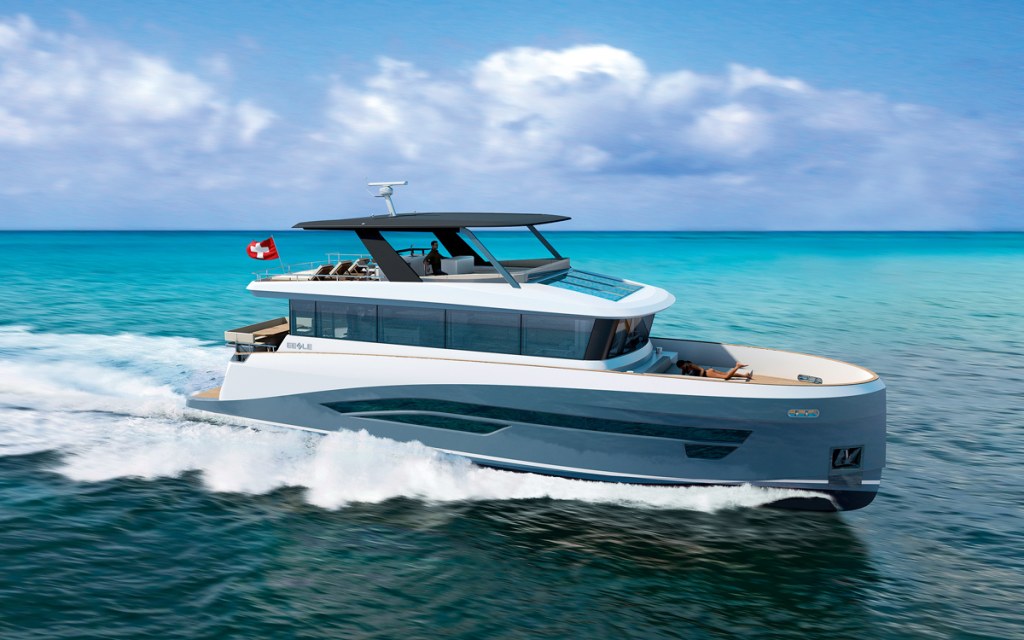
Image Source: timeincuk.net
In this article, we will explore the fundamental aspects of electric trawlers, their history, applications, and the technology behind them. By the end, you’ll have a comprehensive understanding of this innovative solution and its potential to revolutionize the fishing industry.
Now, let’s delve into the fascinating world of electric trawlers and discover how they are shaping the future of sustainable fishing!
What is an Electric Trawler? 🎣
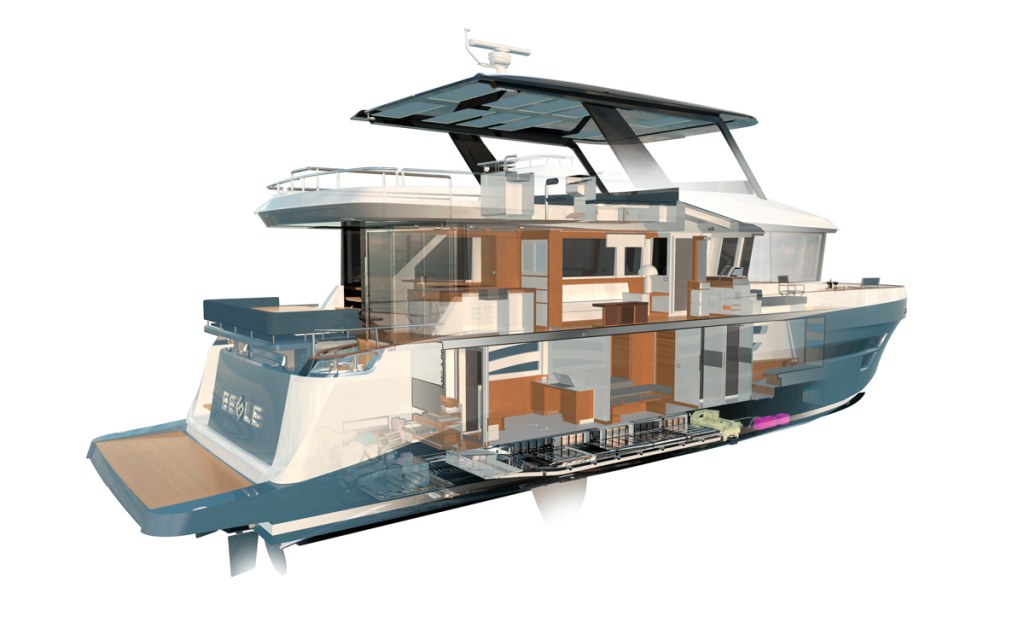
Image Source: timeincuk.net
An electric trawler is a type of fishing vessel specifically designed to operate using electric propulsion systems. Unlike traditional trawlers that rely on diesel engines, electric trawlers utilize electric motors powered by rechargeable batteries.
These batteries store electrical energy generated either from renewable sources, such as solar or wind power, or from an on-board generator. The electric motors drive the propellers, propelling the trawler through the water.
Electric trawlers come in various sizes and configurations, ranging from small coastal fishing vessels to larger offshore trawlers. The size and capacity of the trawler depend on the specific fishing operations it is intended for.
Now that we have a basic understanding of what electric trawlers are, let’s explore who can benefit from this technology.
Who Benefits from Electric Trawlers? 🌊
Electric trawlers offer a wide range of benefits to different stakeholders within the fishing industry:
1. Fishermen: Electric trawlers provide fishermen with a sustainable and cost-effective alternative to traditional diesel-powered vessels. By reducing fuel consumption and operating costs, fishermen can increase their profitability while minimizing their environmental impact.
2. Fishing Communities: Electric trawlers have the potential to revitalize fishing communities by promoting sustainable fishing practices. These vessels can help communities maintain their livelihoods while preserving marine ecosystems for future generations.
3. Consumers: Electric trawlers ensure a sustainable seafood supply chain by minimizing the carbon footprint of fishing operations. Consumers can enjoy guilt-free seafood, knowing that it has been harvested using environmentally friendly methods.
4. Environmentalists: Electric trawlers significantly reduce greenhouse gas emissions, water pollution, and noise pollution associated with traditional fishing methods. This makes them a favorite among environmentalists who advocate for sustainable fishing practices.
With their broad range of benefits, electric trawlers are gaining popularity worldwide. But when did this innovative technology emerge? Let’s find out!
When Did Electric Trawlers Emerge? 🚀
The concept of electric propulsion for vessels has been around for over a century. However, it is in recent years that electric trawlers have started gaining traction in the fishing industry.
Advancements in battery technology, such as the development of high-capacity lithium-ion batteries, have made electric trawlers a viable and practical option. These batteries can store large amounts of energy, providing sufficient power for extended fishing trips.
Additionally, stricter environmental regulations and increased awareness of sustainability have encouraged fishing industry stakeholders to explore alternative propulsion systems. Electric trawlers have emerged as a promising solution to address these concerns.
Nowadays, electric trawlers can be found in various locations around the world. Let’s explore where these eco-friendly vessels are making waves!
Where Can Electric Trawlers Be Found? 🌍
Electric trawlers are being adopted in different regions where sustainable fishing practices are a priority. Some notable locations where these vessels can be found include:
1. Scandinavia: Known for its commitment to sustainability, Scandinavian countries like Norway and Sweden have embraced electric trawlers as part of their eco-friendly fishing initiatives.
2. Netherlands: The Netherlands, with its extensive network of canals and waterways, has been at the forefront of electric vessel technology. Electric trawlers are commonly used in Dutch fishing communities.
3. United States: Fishing communities along the East Coast and West Coast of the United States have started incorporating electric trawlers into their operations. These vessels play a vital role in promoting sustainable fishing practices in the country.
4. Canada: Canadian fishing communities, particularly those in British Columbia, are increasingly adopting electric trawlers. These vessels contribute to the preservation of marine ecosystems along Canada’s vast coastline.
Electric trawlers are making waves globally, and their popularity is only expected to grow. But why are they gaining such momentum? Let’s explore the reasons behind their increasing popularity.
Why Are Electric Trawlers Gaining Popularity? 📈
Several factors contribute to the growing popularity of electric trawlers:
1. Environmental Impact: Electric trawlers dramatically reduce greenhouse gas emissions and other pollutants, making them a greener alternative to traditional fishing vessels. They help mitigate the negative impacts of fishing on marine ecosystems.
2. Cost Savings: Electric trawlers offer significant cost savings in the long run. While the initial investment may be higher, the reduced fuel consumption and maintenance costs make them financially viable for fishermen.
3. Noise Reduction: Electric trawlers operate quietly, minimizing noise pollution in marine environments. This is particularly important in sensitive areas where noise can disturb marine life and disrupt delicate ecosystems.
4. Government Support: Many governments and regulatory bodies are incentivizing the adoption of electric trawlers through financial aid, grants, and tax benefits. These initiatives encourage fishermen to transition to more sustainable practices.
As electric trawlers continue to prove their worth, let’s take a closer look at how they operate.
How Do Electric Trawlers Work? ⚙️
Electric trawlers rely on a complex system of components to operate efficiently:
1. Electric Motors: Electric trawlers are equipped with electric motors that convert electrical energy into mechanical energy. These motors drive the propellers, propelling the trawler through the water.
2. Rechargeable Batteries: High-capacity rechargeable batteries store the electrical energy required to power the electric motors. These batteries are often charged using renewable energy sources or an on-board generator.
3. Power Management Systems: Sophisticated power management systems ensure the efficient distribution of electrical energy throughout the trawler. These systems optimize power consumption and monitor battery levels to maximize operational efficiency.
4. Charging Infrastructure: Electric trawlers require charging infrastructure to recharge their batteries. This can include onshore charging stations or onboard charging capabilities powered by renewable energy sources.
By using electric propulsion systems, electric trawlers eliminate the need for fossil fuels and reduce the negative environmental impacts associated with traditional trawlers. They offer a sustainable and efficient solution for the fishing industry.
Now that we understand how electric trawlers work, let’s explore their advantages and disadvantages.
Advantages of Electric Trawlers 🌟
Electric trawlers offer a wide range of advantages:
1. Environmental Sustainability: Electric trawlers significantly reduce greenhouse gas emissions and minimize the impact on marine ecosystems. They help preserve fish stocks and protect delicate underwater habitats.
2. Cost Savings: While the initial investment in an electric trawler may be higher, the long-term cost savings can be substantial. Reduced fuel consumption and maintenance costs contribute to increased profitability for fishermen.
3. Noise Reduction: Electric trawlers operate quietly, minimizing noise pollution and disturbance to marine life. This is particularly beneficial in areas where noise can disrupt sensitive ecosystems and marine breeding grounds.
4. Energy Efficiency: Electric trawlers are highly energy efficient compared to traditional diesel-powered vessels. The use of electric motors and advanced power management systems optimizes energy consumption and reduces waste.
5. Government Incentives: Many governments offer incentives for the adoption of electric trawlers, such as grants, subsidies, and tax benefits. These incentives make it more financially viable for fishermen to transition to electric propulsion systems.
While electric trawlers offer numerous advantages, it is essential to consider their disadvantages as well. Let’s explore the potential drawbacks.
Disadvantages of Electric Trawlers 🌩️
Electric trawlers also have a few disadvantages:
1. Limited Range: Electric trawlers have a limited range due to the finite capacity of their batteries. Extended fishing trips may require additional charging infrastructure or backup power sources.
2. Initial Investment: The initial cost of purchasing and retrofitting an electric trawler can be higher compared to traditional trawlers. However, the long-term cost savings can offset this initial investment.
3. Charging Infrastructure: Electric trawlers require charging infrastructure to recharge their batteries. The availability and accessibility of charging stations may vary depending on the region, posing logistical challenges.
4. Battery Lifespan: The lifespan of rechargeable batteries used in electric trawlers can vary. Over time, battery capacity may decrease, requiring periodic replacements or maintenance.
5. Limited Power: Electric trawlers may have lower power output compared to traditional diesel-powered trawlers. This could potentially impact their towing capacity or ability to maneuver in certain conditions.
While these disadvantages exist, ongoing advancements in battery technology and infrastructure development are expected to mitigate these challenges in the future.
Now, let’s address some frequently asked questions about electric trawlers.
Frequently Asked Questions 🙋
1. Q: Are electric trawlers more expensive to operate than traditional trawlers?
A: While the initial investment in electric trawlers may be higher, the cost savings from reduced fuel consumption and maintenance costs make them financially viable in the long run.
2. Q: Can electric trawlers be used in all types of fishing operations?
A: Electric trawlers can be tailored to different fishing operations, including coastal fishing and offshore trawling. The size and capacity of the trawler can be customized to meet specific requirements.
3. Q: How long does it take to recharge the batteries of an electric trawler?
A: The charging time depends on various factors, such as the battery capacity and the charging infrastructure available. It can range from a few hours to overnight charging.
4. Q: Can electric trawlers operate in adverse weather conditions?
A: Electric trawlers are designed to operate in various weather conditions. However, their performance may be influenced by factors such as sea state and battery capacity.
5. Q: Are there any government incentives for transitioning to electric trawlers?
A: Many governments offer incentives, grants, and subsidies to encourage the adoption of electric trawlers. These incentives aim to promote sustainable fishing practices and support the transition to greener technologies.
Now that we have addressed some common questions, let’s wrap up with a conclusion.
Conclusion 🎉
Electric trawlers are a game-changer in the fishing industry, offering a sustainable and eco-friendly solution for commercial fishing operations. These vessels operate using electric propulsion systems, eliminating the need for fossil fuels and reducing greenhouse gas emissions.
By adopting electric trawlers, fishermen can benefit from cost savings, reduced environmental impact,
This post topic: Electric
